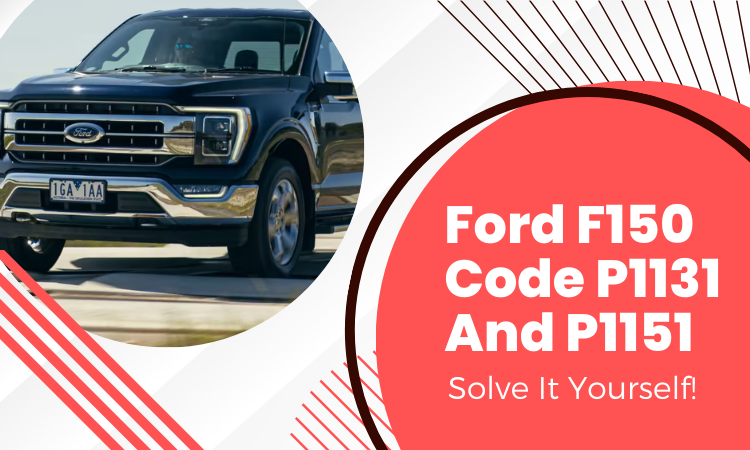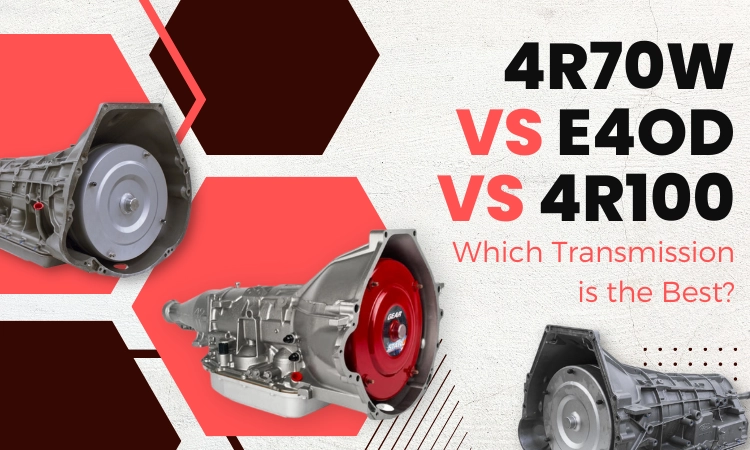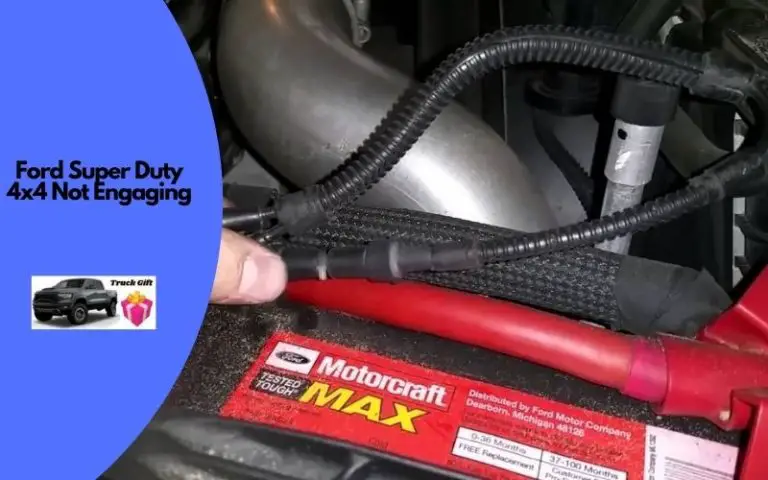24s on 40s: Everything You Need to Know
There are multiple tire sizes that can be used with varying rim sizes. And some of these configurations might sound dangerous at first but may offer something unique.
So, is a 24s on 40s a good choice?
No, it is not recommended to put 24s on 40s but it can be done with a 12 inches air ride lift. However, the tires won’t fit the stance and would look wide from the front. It offers better off-roading, higher elevation, and a much more aggressive look. You can also try 40s on 24s but both of them may suffer from higher chances of a blowout and possibly worse performance.
This just glosses over the configurations. There are much more nuances that are discussed right in this article.
Comparing the 24s and 40s Tires
40-inch and 24-inch tires are two very different tire sizes. Each has its own use cases and advantages and disadvantages.
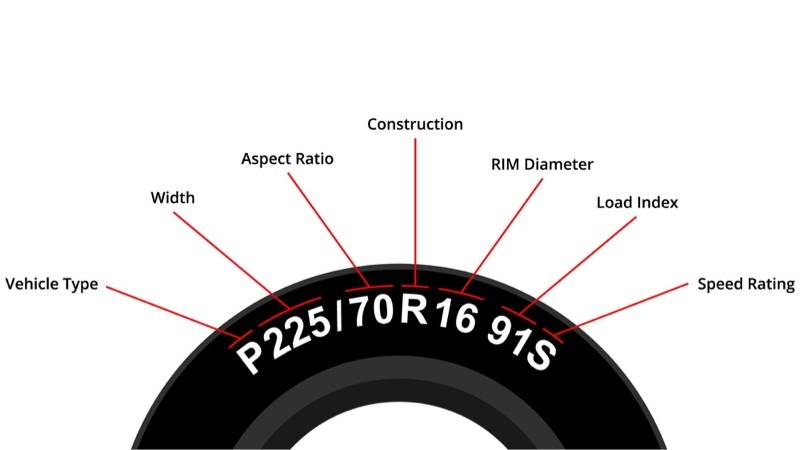
40-inch tires are typically designed for larger vehicles such as trucks and SUVs. These sized tires are often used for off-road driving. They have a larger surface area and provide increased traction on rough terrain, making them ideal for offroading.
40” tires offer a more aggressive look and are popular for those who want to customize their vehicle’s appearance. However, they can be more expensive, can increase fuel consumption, and may be less comfortable on paved roads.
On the other hand, 24-inch tires are typically designed for smaller vehicles, such as sports cars and sedans. They are used for performance driving as they have a lower profile and provide better handling and stability at high speeds. This makes them ideal for track driving or sporty driving on paved roads.
The 24s tires can also provide a more stylish look and can enhance the overall appearance of the vehicle. However, they may be less comfortable on rough or uneven surfaces and can be more expensive than standard tires.
The suitability of a rim size for either 40-inch or 24-inch tires would depend on the specific tire and vehicle. Generally, 40-inch tires are paired with larger rim sizes, typically ranging from 17 inches to 22 inches in diameter. And 24-inch tires are paired with smaller rim sizes, typically ranging from 18 inches to 24 inches in diameter.
How Does Tire-Rim Affect Ride?
The tire-rim combination is a crucial factor that affects the ride quality of a vehicle. The size of the rim and tire can impact several aspects of a vehicle’s performance such as acceleration, braking, handling, and comfort.
When it comes to using larger rims, it is important to consider the size of the tire. For example, using 12″ rims may be better suited for smaller tire sizes, such as 24 inches. That is, compared to larger tire sizes, such as 40 inches.
Larger tires require more clearance and space between the rim and the tire. And 12″ rims may not provide enough clearance for larger tires.
So, how do tires affect rides? The size of the tire also affects the ride quality of a vehicle. Smaller tires typically provide better acceleration and fuel efficiency. While larger tires offer enhanced grip and stability on the road. However, wider tires can be more expensive and may affect ride comfort.
If these requirements are not met, clunking noises on your truck may be heard.
Can You Do 24s Tires on 40s Wheels?
24s tires on 40s wheels can result in a higher elevation for the vehicle. This provides a more aggressive and imposing look. This can be particularly appealing for truck owners who want to enhance their vehicle’s off-road capabilities and appearance.
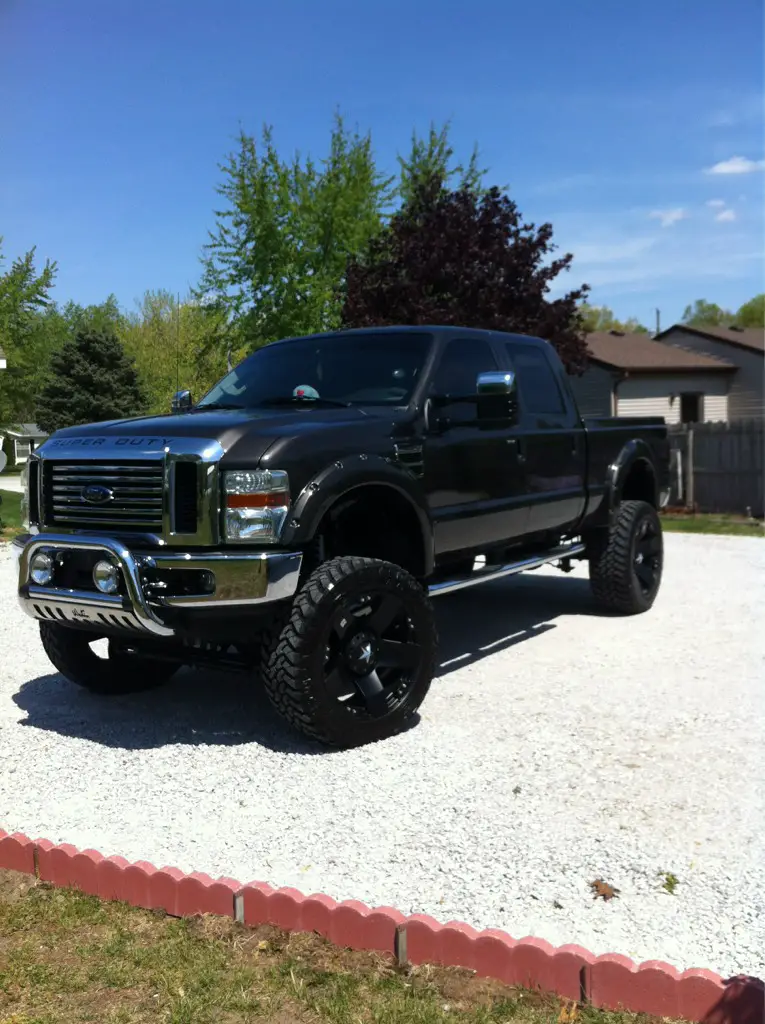
Additionally, using larger wheels with smaller tires can provide increased clearance and a better approach angle. This allows the vehicle to tackle more challenging terrain with greater ease.
This can be beneficial for off-road enthusiasts who enjoy exploring rugged terrain. And for those who are in need of a vehicle that can handle steep inclines and obstacles.
But 24s tires on 40s wheels are not generally not recommended due to safety concerns. Using smaller tires on larger wheels can cause the tire to stretch. This can lead to uneven tire wear, reduced traction, and increased risk of tire blowouts.
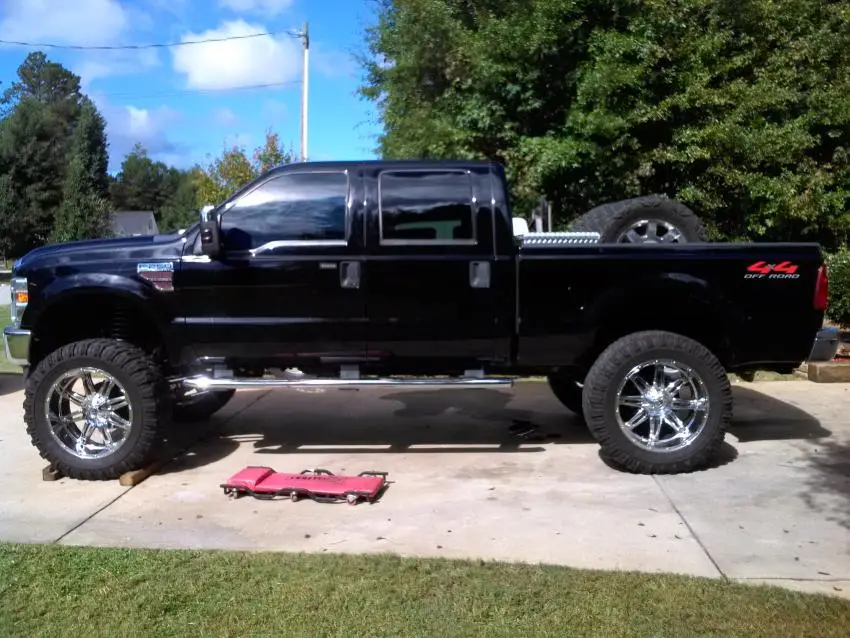
Furthermore, using a tire that is too small for the wheel can also affect the vehicle’s handling and braking. This results in reduced control and increased stopping distance.
This will even affect the vehicle’s acceleration as well. You may not get the proper speed for different rpm.
Best Tire for 40s Wheels
These are our recommendations for 40 inch rims.
| Tire | Description | Price |
| Nitto Trail Grappler | Its distinctive tread pattern with large and small tread blocks gives exceptional traction in mud, sand, and other off-road terrains. A strengthened three-ply sidewall enhances puncture resistance and durability. The tire handles well and rides quietly for a mud-terrain tire. | Click here |
| Toyo Open Country MT | Its deep grooves and powerful shoulder blocks provide it great traction in mud, rocks, and other off-road terrains. A multi-stage compound gives the tire exceptional on-road handling and stability while keeping off-road characteristics. The tire is durable and puncture-resistant due to its strengthened shoulder design. | Click here |
Can You Do 40s Tires for 24s Wheels?
Using 40-inch tires on 24-inch wheels is that it can result in a higher elevation for the vehicle. This provides greater ground clearance and a more aggressive look. This can be particularly appealing for owners of larger vehicles such as Hummers and other trucks used for off-roading.
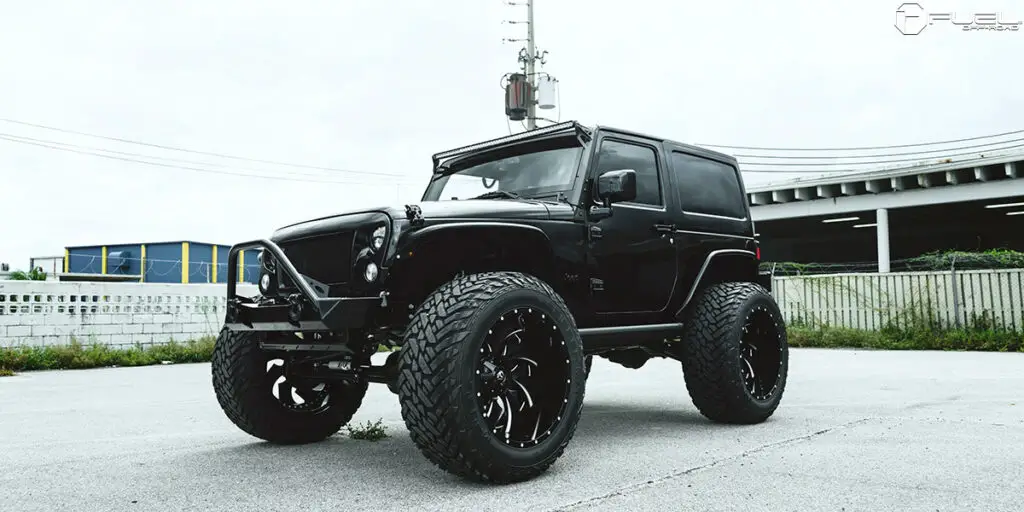
As the tire is too wide for the wheel, causing the tire to bulge out. If it is installed properly, it offers a unique and aggressive look that some people really like. Using 40-inch tires on 24-inch wheels can also improve off-road capabilities by providing increased traction. And better performance on rough terrain.
This setup can be particularly advantageous for off-road enthusiasts. Especially those who enjoy exploring challenging terrains and need a vehicle that can handle steep inclines and obstacles.
If the tire is not fit properly on the wheel, it can lead to instability, vibration, and uneven tire wear. The tire bead, which is designed to seal the tire to the rim, will not properly seat on the rim. This can cause the tire to lose air pressure and potentially come off the rim entirely.
Furthermore, using a tire that is too large for the wheel can affect the vehicle’s braking performance. This will cause the vehicle to require a longer stopping distance and compromise its ability to stop quickly in an emergency.
On some occasions, the larger tire might block the truck’s collision assist sensor as well.
Hence, it is important to ensure that the vehicle is properly equipped. And that the combination is suitable for the intended use before attempting this modification.
Best Tires for 24s Wheels
Here are the best tires for 24 inch rims
| Tire | Description | Price |
| Nitto Terra Grappler G2 | The tire is designed with durable construction and offers good handling and stability in a variety of driving conditions. | Click here |
| Toyo Open Country A/T II | It features a tough tread pattern with an aggressive sidewall design that offers excellent traction and durability off-road. The tire is known for its good handling and stability on the highway, while still providing off-road capabilities for more rugged driving conditions. | Click here |
Frequently Asked Questions (FAQs):
How much size extra can I go for tires?
The amount of size increase depends on the specific vehicle and tire. In terms of tire width, it is generally safe to increase the tire width by up to 20 millimeters wider than the stock tire size on the original rim.
Do bigger tires use more fuel?
Yes, bigger tires use more fuel. Bigger tires can increase rolling resistance, which can lead to slightly lower fuel efficiency. However, this effect is typically small and depends on many factors such as tire size, vehicle weight, and driving habits.
Do bigger tires give a smoother ride?
Yes, bigger tires can give a smoother ride by absorbing bumps and vibrations better than smaller tires. However, this effect also depends on tire construction, air pressure, and other factors, and may not be noticeable in all cases.
Conclusion
And with that we know so much more about 24s on 40s. These are different types of setups and require a lot of tinkering to get done right.
Be careful about these setups though. Because if they are not installed properly, they can have major safety concerns.
Good luck!


